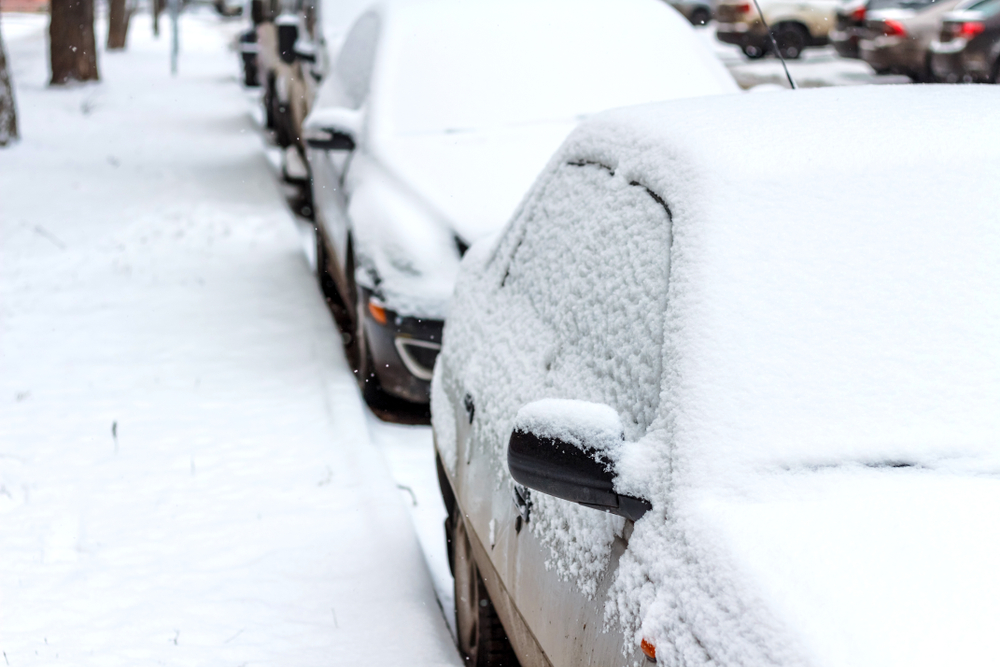Winter Storm Preparation: Safe Driving Tips
Winter is on its way and in many regions of the U.S, snow storms are pushing in. Winter storm preparation is about more than just preparing your home; it also involves getting ready for hazardous conditions on the roads. Every year thousands of people die in weather related traffic accidents, so being aware of the weather conditions and being prepared to confront hazardous conditions while in transit is important for personal safety all winter.
Monitoring warnings issued by the National Weather Service and avoiding driving under certain conditions is an important part of this preparation, but sometimes you can’t avoid driving under even the worst conditions. This is where taking some emergency winter weather driving preparations is important. Here are some helpful considerations for preparing for winter driving.
- Always keep a full gas tank. During below freezing temperatures, it is important to keep the gas tank full to prevent the fuel line from freezing. At the very least, don’t let the tank drop below half full. This is also important for safety when driving in snowy, icy conditions since having a full tank of gas is good planning for emergencies or unforeseen events.
- Keep a cellphone or other emergency communication device in your car at all times. This is important if you become stranded or encounter car problems or another type of emergency. Most people always have a cellphone in hand, but be sure that it is fully charged and consider carrying a backup communication device in your car, such as a satellite phone. A GPS is useful as well–opt for GPS device separate from your phone.
- Stock emergency supplies in your car. Keep survival and maintenance supplies in your car during the winter. These items are a good basic start: thermal blankets, extra clothes, flashlights, battery powered lantern, extra batteries, snow shovel, ice scraper, basic tool kit, jumper cables, non-perishable, high calorie food, and water. Also keep a bag of sand or cat litter in the car for traction in deep snow or ice. Spread this around the tires if your vehicle becomes stuck.
- During anticipated storms, inform someone of your destination and route before driving. Simply letting someone you know where you are heading, which route, and your expected arrival time can act as a safeguard in case you are stranded or your car breaks down or you go out of cell range. Snow storms and below freezing temperatures can be perilous, so take precautions and tell someone your route when driving in a storm.
- Monitor weather advisories and warnings. Winter storm conditions can progress rapidly and what was a winter weather advisory at one point can quickly turn into a winter storm or blizzard warning, greatly increasing the hazards of being on the road. Before leaving the house, check the forecast to have an idea of what awaits you on the road. If you are driving long distances, be sure to check the forecast of your destination as well.

